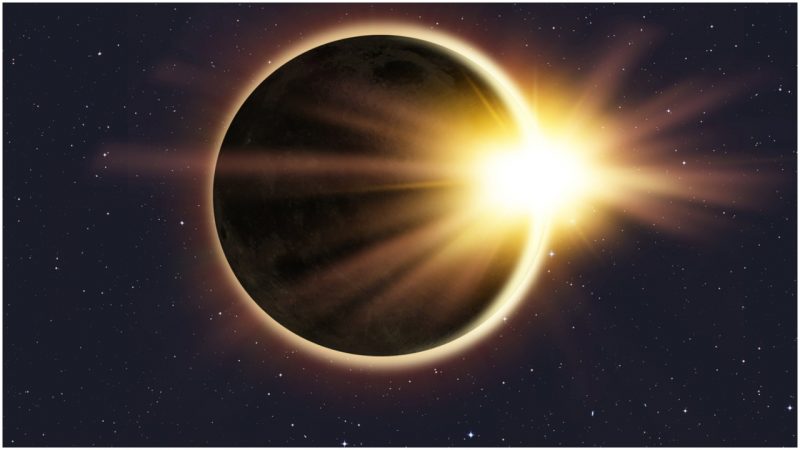It may sound a little far-fetched to us today, but in the year 585 BC, a solar eclipse helped end a war between two ancient states. The armies of the Lydians and the Medians were in the middle of a battle when the solar eclipse took its turn in the skies above. All of a sudden, the warriors placed down their weapons, and the ongoing battle was halted. After that, a truce was arranged.
Back in the day, the kingdom of the Lydians thrived on the western side of Asia Minor, just east of where ancient Ionia would be. They were involved in a 15-year-long confrontation with the Medes, who came from the other side of Asia Minor, originally from the realm of Media, now part of Iran. Undoubtedly, the solar eclipse that occurred amid the battle was interpreted as a sign from the gods.
There are a few dates proposed on when this event unfolded in history. The date of May 28 in 585 BC appears to be the one most historians and experts on. The calculation of the date has been based on historical evidence and modern astronomy, by employing similar calculating methods that would allow predicting eclipses in the future.
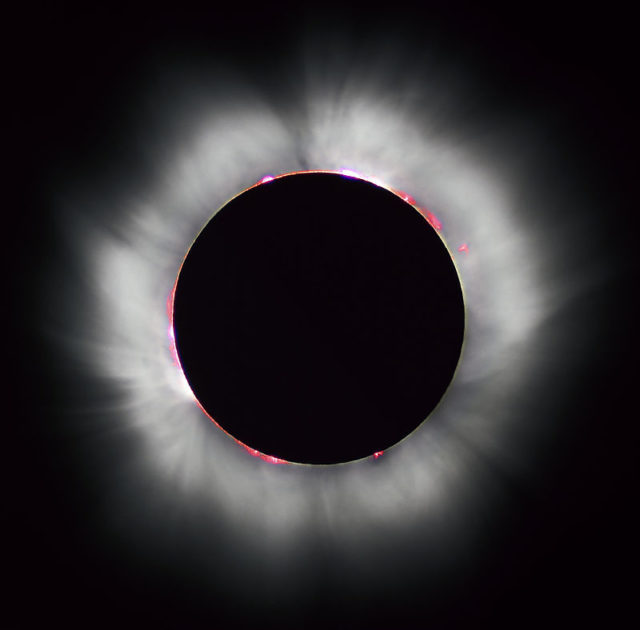
As much as the experts are capable of running the clock forward in time to see when the next eclipse will happen, they can also do it in reverse to determine the dates of past ones. In the case of this particular eclipse, which triggered the end of a war, there are alternative claims that it happened some 25 years earlier, in 610 BC. The date has been a subject of debate for a long time.
The solar eclipse of 585 BC de facto is not the first one for which we have historical records. Evidence on earlier solar eclipse events has been found in Babylon, where records point to at least three solar eclipses: in 1375 BC, in 1063 BC, and in 763 BC. As the Babylonian tablets read, the strange event “turned day into night.”
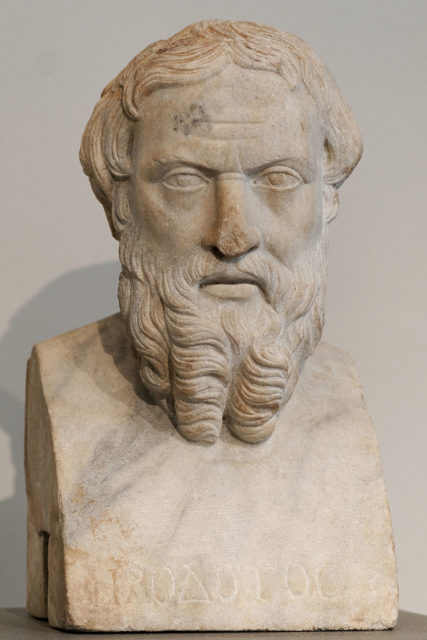
What makes it interesting though is that the 585 BC eclipse is the very first one to have been correctly predicted. Attempting to do so in itself was dangerous business. Take, for example, the Chinese. In 2300 BC, two astrologers from China allegedly failed to deliver a solar eclipse prediction before it occurred. For their failure, they were beheaded, by order of the Emperor itself.
According to the Greek historian Herodotus, it was Thales of Milete who delivered the prediction of the 585 BC solar eclipse. Not that it affected the battle plans of the Lydians and Medians, but it was made.
Thales was correct, yet there’s a great deal of mystery on how he did it.
From our understanding of history, ancient Greeks did not have the amount of astronomical knowledge needed to deliver such a prediction. Forecasting a solar eclipse certainly isn’t the easiest job in the world. The phenomena concerns not only calculations of when it will take place but also from which point on Earth it can be observed. It is much harder to tell when a solar eclipse will happen than a lunar eclipse, though both are a challenge.
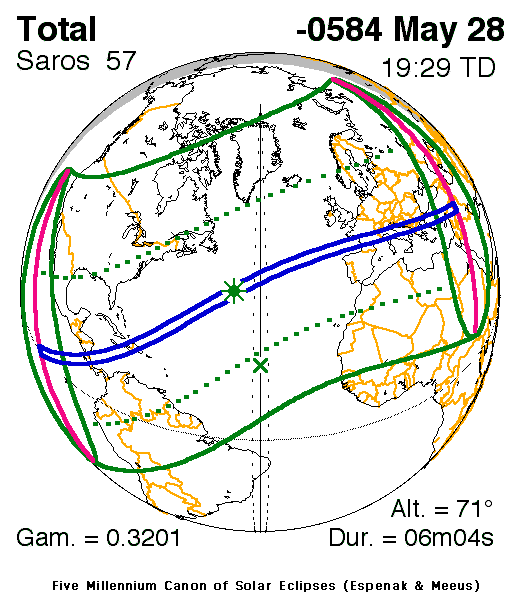
When a lunar eclipse is about to occur, the Moon traverses through the gigantic shadow of the Earth cast by the sun. This phenomenon can be followed through on the entire side of our planet at night and can last a little more than an hour.
In the case of a solar eclipse, it is the shadow of the Moon that falls across our planet. It falls in quite a narrow track and the occurrence normally lasts no more than seven minutes and 30 seconds. Making predictions about a solar eclipse would demand a detailed, extraordinary knowledge of the Moon’s orbit, which is something that the early Greek society just did not have at their disposal.
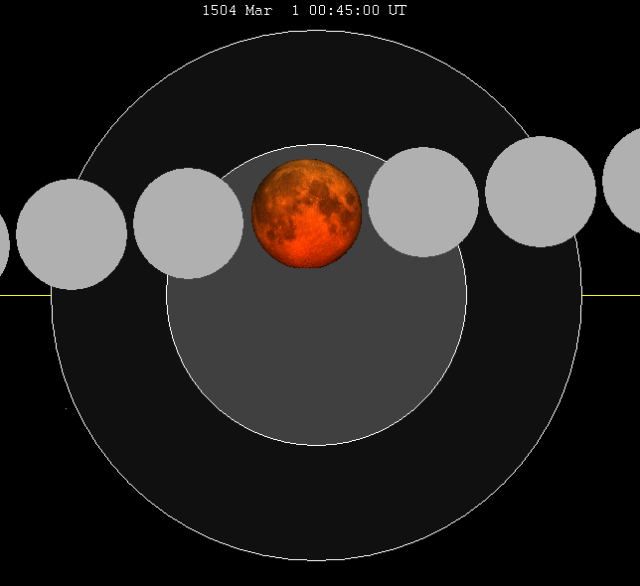
No one knows what type of method Thales used to deliver his prediction, or whether he employed it only a single time. No other records from this period in ancient Greece tell of other accurately predicted eclipses.
It is known that Thales studied some of the Ancient Egyptian techniques. However, it is also known that the level of astronomical knowledge needed to predict solar eclipses was acquired only in the time of Euclid, and he ran his school of thought in ancient Alexandria a few centuries after Thales’ existence.
Related story from us: The eclipse that saved Christopher Columbus and his crew from starvation
We may never be sure how the prediction was made, but when it did happen, the two confronting armies, those of King Aylattes and King Cyaxares, the kings of Lydia and Medes respectively, put down their weapons. Darkness led to peace. The River Halys, the crux of the battlefield in this clash, consequently became the border between the two ancient states.
